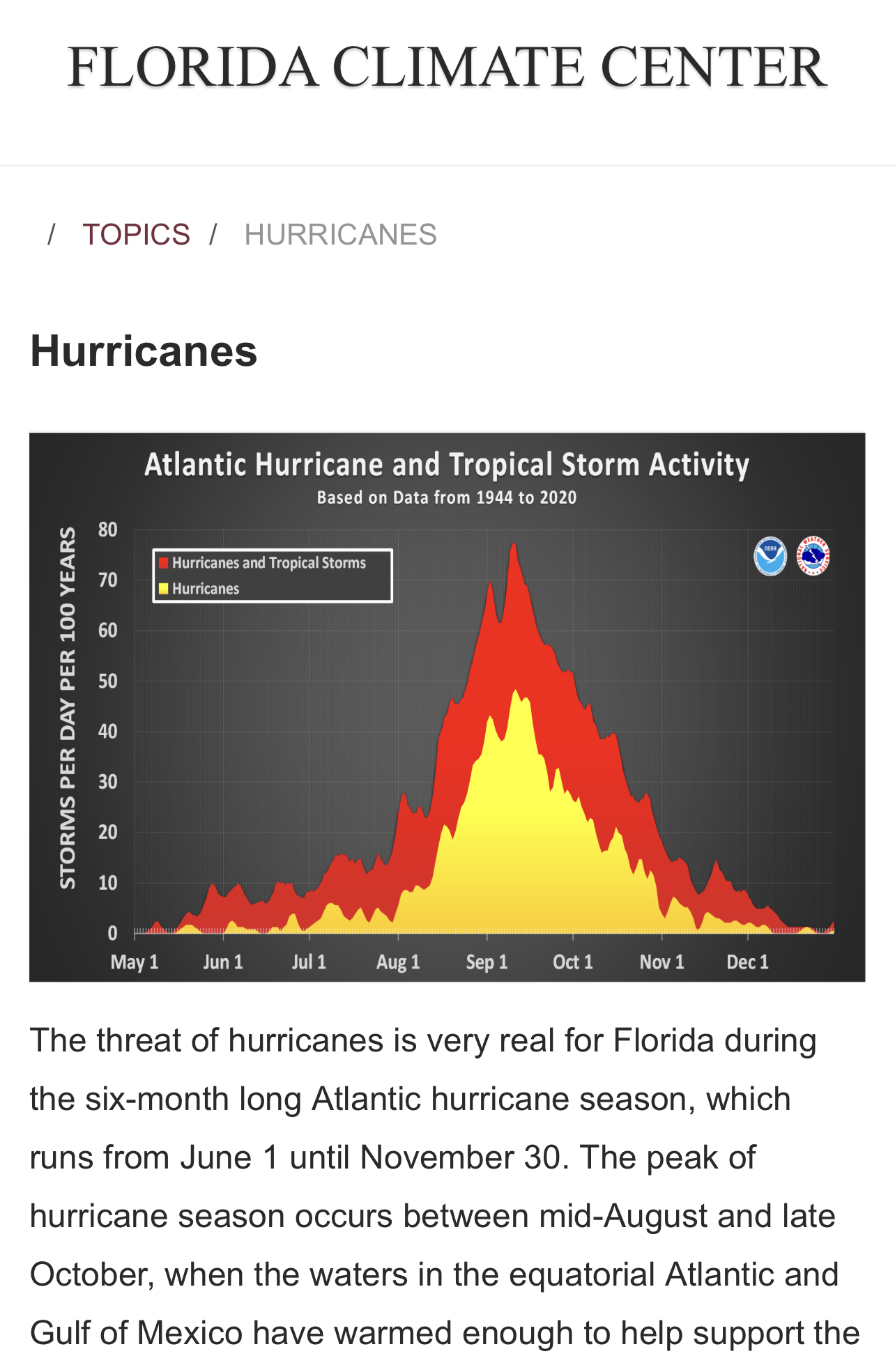🏅 Top traders
| # | Name | Total profit |
|---|---|---|
| 1 | Ṁ1,000 | |
| 2 | Ṁ953 | |
| 3 | Ṁ277 | |
| 4 | Ṁ219 | |
| 5 | Ṁ210 |
For arbitrage, /NicoDelon/will-a-hurricane-make-landfall-anyw-febe1d6f3eb0 should be strictly higher than this one.
@NicoDelon if the stats bear out that FL gets one per month and usually not more, then this is not “basically our September hurricane,” it is an August hurricane, from the standpoint of statistics. We shall see, though.
@CoryS the calendar month is irrelevant. If one hit in September this would still make roughly two hurricanes within a month, and that's I'm saying is rare in the records (it happens, just not 75% of the time).
@NicoDelon It's happened 11 times in the last 100 years to have two hurricanes within a big month (35 ish days) between August and October.
@AliciaGrugett What if it exits florida into the atlantic and then curves back to hit a second time in Sept?
@RyanGuill Then, I guess that would count, if it came back and hit a second time, independent of the first strike.
@AliciaGrugett I know and that would be fair. Just noting that fewer models are now making it loop. Could still happen but increasingly unlikely.
@AliciaGrugett Can you specify what you mean by hit (landfall via positioning of center, or some other measure such as observations of sustained winds in Florida) and what sources you will use. Also, if it is unclear at resolution time will you wait for something like best tracks ( if you go by landfall) or rely only on advisories?
@AliciaGrugett NHC landfall goes by positioning of the center of the storm and interpolating between time samples to determine that, not by the “eye”. And it has at least three different ways to provide that information: advisories/discussion, in preliminary best track, and in best tracks…. Each take different amounts of time to resolve
@parhizj “A storm is considered to have made landfall when a storm’s eye crosses the shoreline”-meaning the entire eye has passed the shoreline. This can be 5 miles to 120 miles across. This is the criteria I will use.
